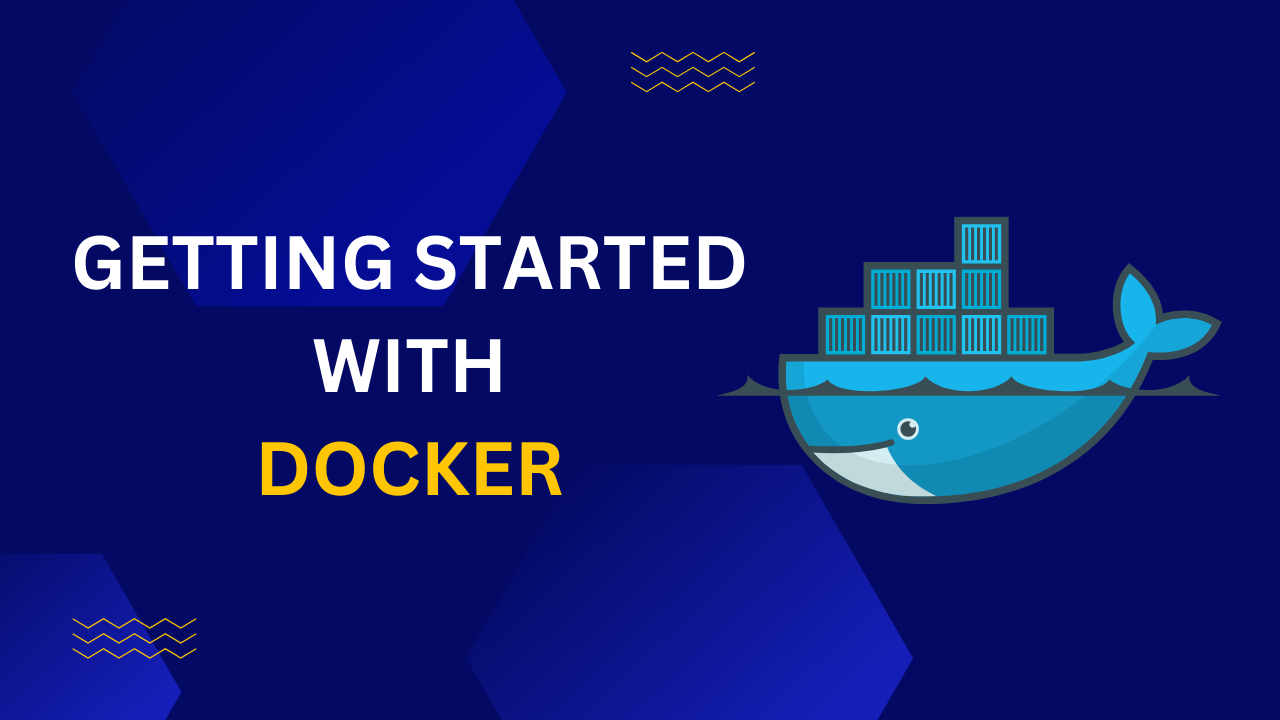
Getting Started with Docker: Code Your Way to Containerization
Containerization has revolutionized the way applications are developed, deployed, and scaled. Docker, a leading containerization platform, provides developers with a powerful and efficient way to package, distribute, and run applications. In this guide, we’ll walk you through the basics of Docker, allowing you to code your way into the world of containerization.
Understanding Docker Concepts
1. Containers:
Containers are lightweight, standalone, and executable software packages that include everything needed to run a piece of software, including the code, runtime, libraries, and system tools.
2. Images:
Images are the blueprints for containers. They are read-only templates containing the application code, libraries, dependencies, and other settings required to run an application.
3. Dockerfile:
The `Dockerfile` is a script that contains instructions for building a Docker image. It specifies the base image, adds application code, defines dependencies, and configures the container environment.
Setting Up Your First Docker Container
Let’s create a simple Node.js application and containerize it using Docker.
1. Create a Node.js App:
Create a directory for your project and add a file named `app.js` with the following code:
javascript
// app.js
const http = require('http');
const server = http.createServer((req, res) => {
res.writeHead(200, { 'Content-Type': 'text/plain' });
res.end('Hello, Docker!\n');
});
const PORT = 3000;
server.listen(PORT, () => {
console.log(`Server running at http://localhost:${PORT}/`);
});2. Create a Dockerfile:
In the same directory, create a file named `Dockerfile` (without any file extension) with the following content:
Dockerfile
Use an official Node.js runtime as a parent image
FROM node:14
Set the working directory in the container
WORKDIR /usr/src/app
Copy package.json and package-lock.json to the working directory
COPY package.json ./
Install app dependencies
RUN npm install
Bundle app source
COPY . .
Expose port 3000
EXPOSE 3000
Define the command to run the application
CMD [ "node", "app.js" ]
3. Build and Run the Docker Image:
Open a terminal in your project directory and run the following commands:
bash
Build the Docker image
docker build -t my-node-app .
Run the Docker container
docker run -p 3000:3000 my-node-app
Your Node.js application is now running inside a Docker container, and you can access it at http://localhost:3000.
Docker Compose for Multi-Container Applications
Docker Compose allows you to define and run multi-container Docker applications. Create a `docker-compose.yml` file in your project directory:
yaml
version: '3'
services:
web:
build: .
ports:
- "3000:3000"
Run the following command to start your multi-container application:
bash
docker-compose up
Docker Compose will build and run your application as defined in the `docker-compose.yml` file.
Conclusion
Congratulations! You’ve taken your first steps into the world of Docker and containerization. This guide has introduced you to fundamental Docker concepts, demonstrated how to create a Dockerfile, build Docker images, and run containers. Whether you’re a developer, system administrator, or DevOps engineer, Docker is a valuable tool for streamlining your development and deployment workflows. Explore more Docker features and commands to unlock the full potential of containerization in your projects. Happy coding!
